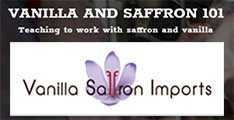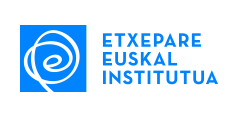Kimberlee Kruesi/Associated Press. Basques began settling in southwestern Idaho in the late 1800s, with many coming from the Basque region on the border of Spain and France to work as sheepherders in Idaho.
Almost 8,000 residents of the Gem State identify as Basque today.
Boise preserved the Basque Block’s rich history with a massive conservation effort during the early 2000s. Green, red and white Basque flags now adorn the streetlights, and the street — which lacks raised sidewalks and curbs — is frequently closed to cars because of festivals celebrating Basque culture.
The single block offers a crash course in all things Basque. A sprawling mural along a brick wall depicts seafaring Basques of the 1500s as well as traditional dancers in red and white attire. The mural also depicts Boise’s St. John’s Cathedral — which speaks to the fact that the Basque community is largely Catholic.
For more in-depth history, the Basque Museum and Cultural Center explores the lives of the first Basque sheepherders, with exhibits featuring a sheep wagon and full-size sheepherder’s tent. Between April and September, the museum offers guided tours of a restored Basque boardinghouse.
Next door, the Basque Center has evolved into a gathering place. The center is home to two traditional dancing groups and hosts tournaments for traditional Basque card games.
At the Basque Market, visitors can find one of the Northwest’s largest selections of Spanish and Basque wines while shopping for specialty foods from the Iberian Peninsula, a rarity in landlocked Idaho. The market has become famous for preparing large portions of paella, served with homemade baked bread on the patio.
Other Basque restaurants include Leku Ona, which means “good place” in the Basque language, and Bardenay, a restaurant and distillery. Bar Gernika is an old-fashioned pub in a landmark 1948 building where diners can order traditional fare such as lamb grinder and croquetas.
The Basque language is classified as a threatened tongue, with fewer than 1 million people able to speak it worldwide. But it’s easy to learn one term while you’re here: ongi etorri (pronounced ohn-gee eh-toh-ree). That’s Basque for “welcome.”



 Lagun bati bidali
Lagun bati bidali Komentarioa gehitu
Komentarioa gehitu








